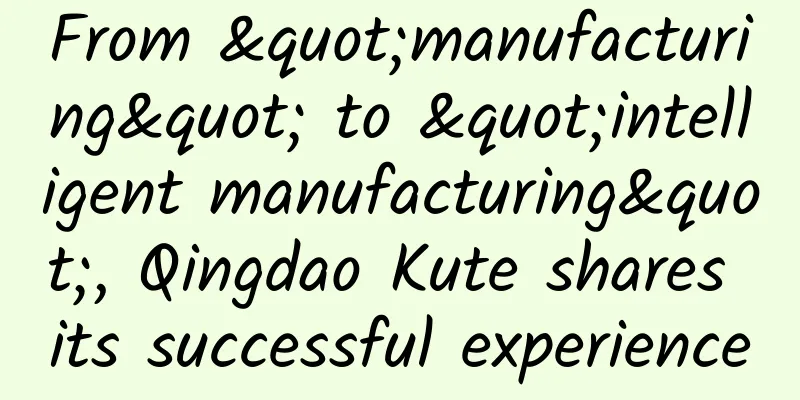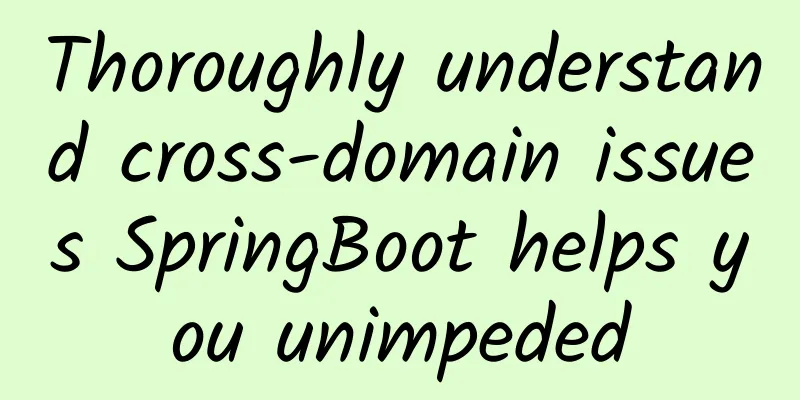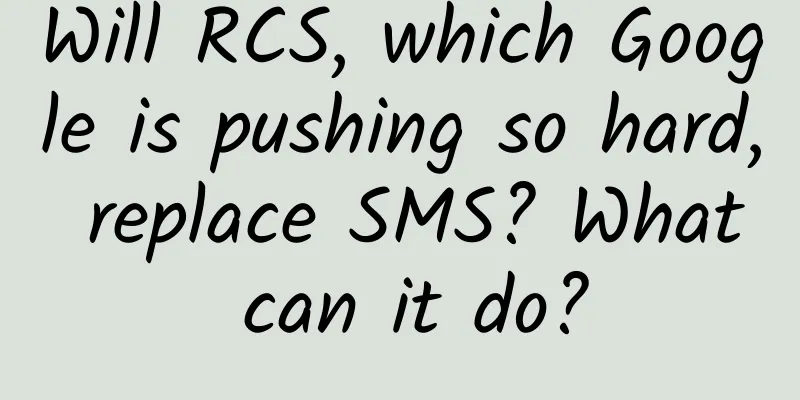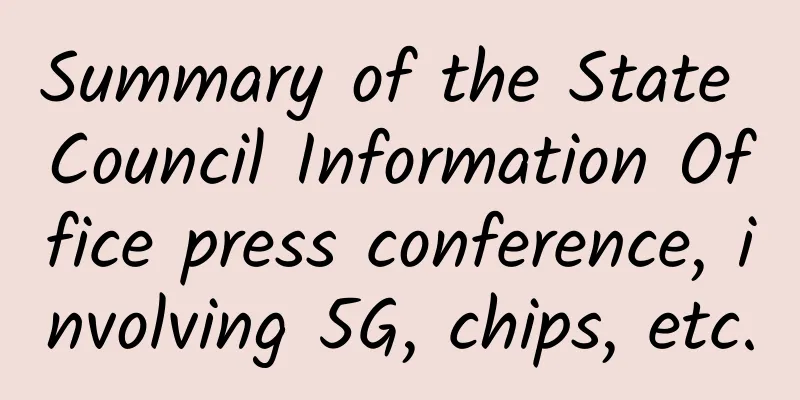Do you want to switch to a 5G package? Here is a comprehensive comparison of 5G packages
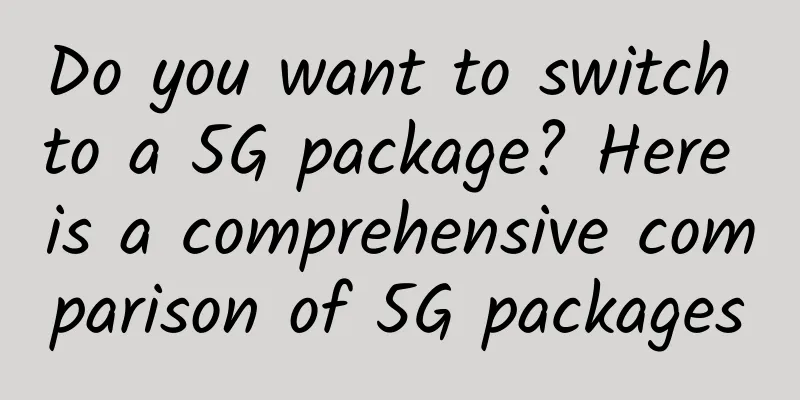
|
With the launch of iPhone 12, 5G finally filled the last "system vacuum area". Generally speaking, everyone is looking forward to 5G, with its faster speed, lower latency, many benefits and unlimited potential. For users who have experienced the 2G-3G-4G era, this is easy to explain. However, 5G mobile phone packages also have many shortcomings when they are first launched. For example, the cost of 5G mobile phone packages has increased significantly compared to 4G, there are no disruptive application scenarios for high-speed networks, and the actual delay stability data cannot theoretically break through the physical limits of real optical fiber. In summary, the product is good, but it also has many shortcomings. Therefore, users hope to find a balance between cost and experience. Many people are still in the wait-and-see stage, not knowing where to start. Among the 5G mobile phone packages currently launched by major operators, which one is more suitable for you? As the first media to comprehensively and thoroughly organize 5G mobile phone packages, iFanr hopes to help you. Tips:
5G mobile phone packages are difficult to choose After more than a year of warm-up and the laying of 5G base stations, 5G mobile phone packages have finally ushered in a boom, with packages ranging from 128 yuan to several hundred yuan. Overall, the data traffic of the same-priced packages provided by the three major operators is basically the same. It is currently impossible to use 5G with a budget of less than 100 yuan per month (even the first-year preferential price of the 129 yuan package for new users is 103 yuan). It can be said that 5G is the exclusive "playground" for users with monthly communication charges of more than 100 yuan. For ordinary people, when the monthly fees are the same, choosing an operator is actually more important than choosing a package - in different cities or different living areas, the base station coverage of different operators may be different, and in extreme cases there may even be a significant gap. If you spend the same amount of money, of course you will choose the one with better signal. They are all 5G packages, but the speeds may be different Although they are all 5G packages and focus on high speeds, in fact, the 5G speeds of different packages may be different. If we look at the package contents carefully, we will find that most of the 5G packages of the three major operators below 198 yuan are marked as "5G Premium Service", while 5G packages above 198 yuan are marked as "5G Extreme Speed Service". For example, China Unicom's official website explains in the network service description on the 5G package page: 5G Extreme Speed Service (refers to) providing service guarantees with priority access compared to 5G Premium Service customers in busy network areas. Currently, some operators offer three types of 5G services: 5G basic service, 5G premium service and 5G extreme speed service. The difference in downlink network peak speeds of different 5G services can reach more than 3 times. When we look at mobile phone reviews in the future, we can pay attention to what 5G service or package status the 5G speed in the review was measured under. When you change to a 5G mobile phone + 5G card, but find that the 5G network speed is not as fast as advertised, you can first check whether it is due to the 5G mobile phone package. Also, even with 5G ultra-fast service, only "optimal" access is guaranteed. If the network is busy, it does not mean that you can access 5G service 100%, just like in the 4G era, only 3G can be used in some special circumstances. We speculate that this may be because 5G base stations are still under construction and cannot support large-scale users using them at high speeds at the same time. Operators have no choice but to impose certain restrictions, hoping that after 5G is built, they can "treat everyone equally." In a sense, this is a kind of progress. In the 4G era, many users of unlimited data packages suspected that their mobile phone network was speed-limited. After much guessing, there was no official statement. In the 5G era, at least the network speed limit is clearly written in advance. Compared with the package itself, the secondary card and broadband are more important From the perspective of 5G mobile phone packages, the three major operators seem to have maintained a highly consistent tacit understanding, and there is no direct competition, which has caused many users to complain that 5G packages are too expensive. You must know that in the 4G era, the three operators' tariffs were reduced again and again, and they fought each other "head to head", so 5G packages are a bit "strangely quiet". The real secret lies in the supplementary card and family package. Almost every 5G mobile phone package can apply for a secondary card to spread the average monthly fee. Simply put, a secondary card is a mobile phone card that shares a package with the main card. If the total usage of the main card and the secondary card does not exceed the package limit, the secondary card only needs to pay a secondary card fee of 10 yuan/month. Taking China Unicom's 129 yuan 5G package as an example, you can apply for 2 secondary cards at 10 yuan/month/card, and together with the main card, you have a total of 3 mobile phone cards. The 3 cards share 30G of traffic and 500 minutes of calls. The total cost is 129 + 10 + 10 = 149 yuan, and the per capita cost is about 50 yuan, which is more suitable for a family. In addition, many 5G packages priced over 198 yuan have the concept of family packages or integrated packages. One package can open up to 5 cards, and comes with fiber-optic broadband and set-top boxes, etc. For example, China Telecom's 299 yuan 5G converged package includes 1 main card + 4 secondary cards, 100GB of shared traffic and 1,500 minutes of calls, 1,000Mpbs broadband and 1 high-definition set-top box, which can meet the mobile phone, TV and broadband needs of a family, with an average cost of about 60 yuan per person. In Guangzhou, a single 1,000Mpbs telecom broadband costs 6,900 yuan per year, so the converged package is obviously much more cost-effective. The competition among the three major operators is reflected here: some operators can only open two secondary cards for one 5G package, and their competitiveness is not as good as operators that can open four secondary cards for one package; some operators have poor broadband experience in some areas; some operators have no resources to offer, and so on. Is 5G practical at this stage? iFanr recently tested a series of 5G mobile phones. From a practical point of view, 5G packages can indeed greatly improve network speed, but the most commonly used 5G-related app is Speedtest (a more authoritative mobile phone speed test app). Apart from this, it is difficult to find a real 5G app for the time being. Almost all daily-used apps can run well under 4G.
We also found some problems on some 5G phones. The most obvious one is that after turning on 5G, the phone will actively search for 5G signals. In places where the 5G signal is not good enough, the phone will repeatedly jump between 5G and 4G signals, which more or less reduces the battery life of the phone. We speculate that this may be because the current 5G base station coverage is not enough. Interestingly, we found that inserting a 4G card into a 5G phone significantly increased the cellular network speed, so I am a little confused: Is the key to 5G the phone or the phone package? Beware of the pitfalls of 5G, whether to switch depends on the situation
There is one thing that you must pay special attention to. Currently, operators have imposed restrictions. Old users can only "change from low to high" but not "change from high to low". It is okay for package charges to become more expensive or for 4G to upgrade to 5G, but it is not okay to make it cheaper or change back to 4G, unless you change your card number or go through extremely troublesome procedures. Nowadays, everyone’s mobile phone number is bound to a large number of bank cards and apps. Changing mobile phone numbers is a very troublesome thing. Operators do this in the bet that users dare not change their numbers easily. At present, whether to change to a 5G package depends on individual or family needs, and the deployment of local 5G base stations should also be considered. If you have a 4G low-cost unlimited data package, or have previously applied for a 6 yuan/month Internet cooperation package, it is recommended to wait and see. If you have an urgent need for a higher network speed, you can choose a suitable 5G package to try. Of course, there are gains and losses, and problems such as increased charges and reduced mobile phone battery life may occur. |
<<: Unleash the power of 5G! H3C launches MSR series 5G routers
>>: Smart City - Application Areas of 5G
Recommend
5G service routines for users have caused consumers to have more doubts about 5G
While the industry has painted many bright prospe...
RackNerd Los Angeles DC02 restock, VPS promotion starts at $9.89 per year
Earlier this month, we shared a summary of RackNe...
Liu Liehong: my country has built the world's largest optical fiber network and 4G network
[[391129]] On March 31, the "2021 Digital Tr...
Krypt: ION Cloud Platform 2nd Anniversary San Jose CN2 GIA/Singapore CN2 GIA 20% off
Time flies. It has been two years since Krypt lau...
Diagram | In-depth understanding of the stumbling blocks on the road to high-performance network development - synchronous blocking network IO
[[386495]] This article is reprinted from the WeC...
In the second half of cloud computing, how can operators embrace open source?
[[225474]] Editor's Note In recent years, wit...
Byte One: The website cannot be displayed, how to troubleshoot?
Hello everyone, I am Xiaolin. A reader was asked ...
50% of global data center Ethernet switches will be 25GbE or 100GbE by 2021
According to the latest survey report titled &quo...
After the failure of Germany's Industry 4.0, can China successfully achieve industrial networking with 5G?
Key points: After Germany proposed Industry 4.0 i...
In the digital economy era, operators focus on technological innovation to optimize and upgrade digital infrastructure
The State Council recently issued the "14th ...
The past and present of SRv6
In the early days of network development, there w...
Ministry of Industry and Information Technology: 5G traffic price is 4.4 yuan/GB, down 46% in two years, and will continue to drop in the future
According to China News Service, on March 1, the ...
In addition to the ping command, these network commands are also very useful
What we are going to talk about today is other co...
China Unicom makes first HD call on 5G SA network
2019 is the first year of 5G commercial deploymen...
RackNerd Spring Festival Promotion: KVM annual payment starts at $13.99, 1.5GB/20GB/3TB/multiple computer rooms
RackNerd is a foreign VPS hosting company founded...

